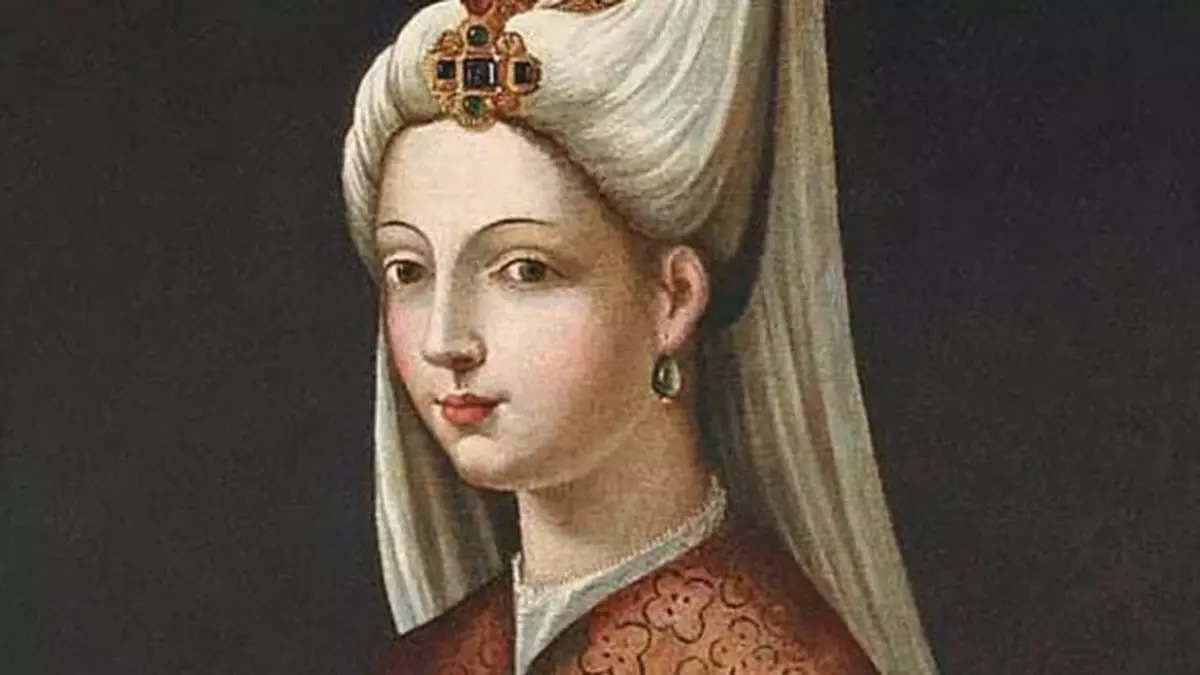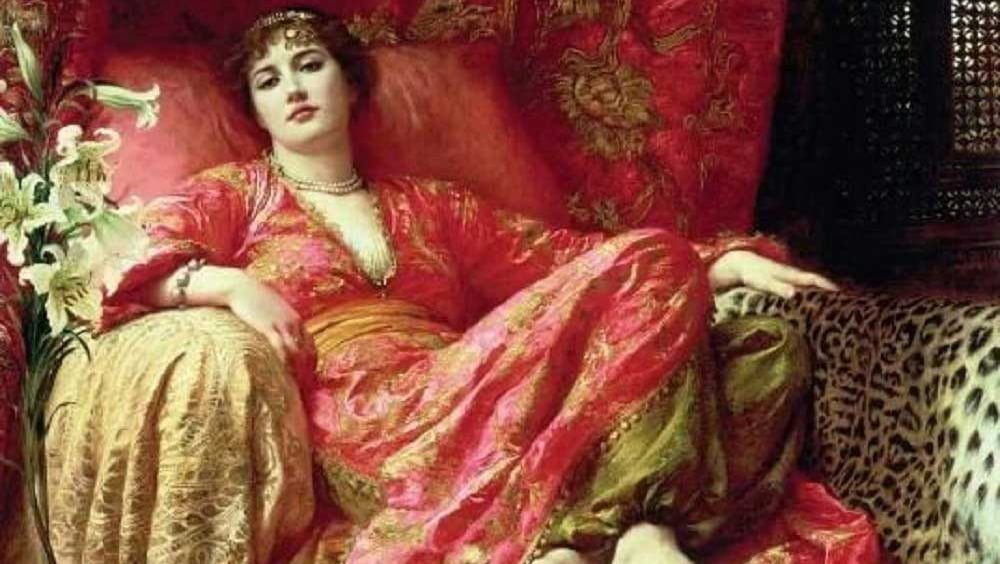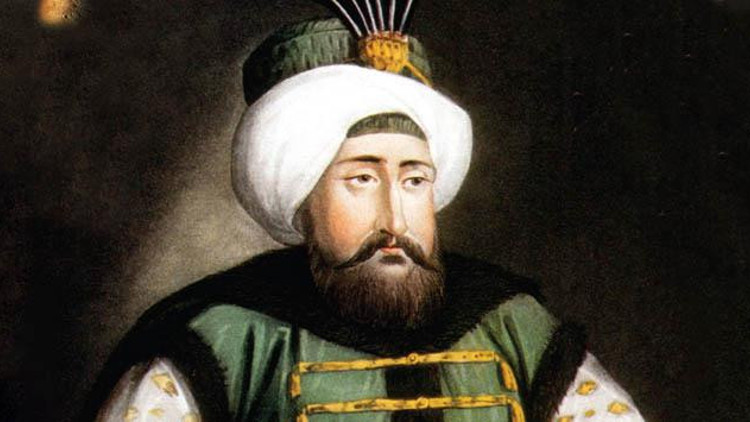From within the Harem of Topkapi Palace, a handful of remarkable women rose to shape the empire’s destiny. Known as the Sultanate of Women, their legacy endures in the mosques, charities, and stories that still echo through Istanbul today.

Table of Contents
The Sultanate of Women: Power Behind the Throne
In a strictly patriarchal empire, it is remarkable that for over a century Ottoman politics were shaped by women — an era remembered as the Sultanate of Women. Powerful Valide Sultans (queen mothers) and favored consorts steered the empire through their sons and husbands, emerging as strategists, diplomats, and patrons of art and philanthropy.

Many came from beyond the empire’s borders, underscoring Istanbul’s cosmopolitan character: Hürrem Sultan (Roxelana) from Ukraine, Nurbanu Sultan from Venice, Safiye Sultan from Albania, and Kösem Sultan from Greece. Their ascent from foreign-born concubines to de facto rulers showed remarkable intellect and resolve. From palace chambers they forged alliances, corresponded with monarchs, and shaped imperial decrees. Their legacy endures in the mosques, charities, and institutions that still define Istanbul’s skyline today.

Inside the Imperial Harem of Topkapi Palace
To grasp their world, begin in Topkapi Palace’s Harem, the secluded heart of the Ottoman court. Behind its heavy doors lies a labyrinth of tiled chambers, courtyards, and baths — a strict institution ruled by the Valide Sultan, the Sultan’s mother, who often held real power. Within these walls, sultanas arranged marriages, forged alliances, and even plotted coups.

Hürrem Sultan – From Slave to Sultan’s Queen
No figure better embodies the rise of an imperial woman than Hürrem Sultan, known in the West as Roxelana. Brought to the palace around 1520, her intelligence and charm captivated Sultan Süleyman the Magnificent. Breaking precedent, he legally married her — making her queen (Haseki Sultan) and ending the tradition of unmarried concubines. Trusted as his advisor, she exchanged letters on politics and poetry while securing her sons’ place in succession. Loved by some, feared by others, she became both partner and power broker.

Her legacy endures in Istanbul’s monuments: the Haseki Hürrem Sultan Complex in Fatih with its mosque, school, and hospital; the Ayasofya Hürrem Sultan Hamamı (1556), Sinan’s bathhouse still operating between Hagia Sophia and the Blue Mosque; and her tomb at Süleymaniye Mosque, beside Süleyman’s, tiled in İznik patterns — a lasting symbol of devotion and power.

Mihrimah Sultan – The Princess of the Sun and Moon
Hürrem Sultan’s legacy lived on through her daughter, Mihrimah Sultan, who became a formidable power broker and patroness in her own right. The only daughter of Süleyman the Magnificent and Hürrem, her name aptly means “Sun and Moon.” Married to Grand Vizier Rüstem Pasha, she advised both her father and brothers on state affairs, while leaving her most visible mark on Istanbul’s skyline. Two mosques bear her name on opposite shores of the Bosphorus: the Mihrimah Sultan Mosque in Üsküdar (1548), a graceful waterfront complex with a single minaret, and the grander Edirnekapı Mosque (1560s), perched on the city walls with a massive dome and twin minarets.

Legend says Mimar Sinan, the great architect — and perhaps admirer of Mihrimah — wove a secret love story into her two mosques. On the spring equinox, the sun sets behind the Edirnekapı mosque just as the full moon rises over Üsküdar, uniting the “sun” and “moon” of her name. Whether coincidence or design, the effect is unforgettable.

Today Üsküdar’s mosque offers a neighborhood charm, while Edirnekapı’s hilltop dome commands the skyline — together a powerful tribute to her legacy.

Nurbanu Sultan – Architect of Charity in Üsküdar
Another towering figure of the Sultanate of Women was Nurbanu Sultan, who became Valide Sultan in 1574. The Venetian-born wife of Selim II and mother of Murad III, she was famed for her wisdom and diplomacy — even corresponding with Catherine de’ Medici of France. Her most enduring legacy is architectural: the Atik Valide Mosque Complex in Üsküdar, completed in 1583 by Mimar Sinan. This vast külliye, with its mosque, hospice, dervish lodge, and medical center, embodied her vision of benevolent leadership.


Safiye Sultan – Ambition and the New Mosque at Eminönü
Following Nurbanu, her daughter-in-law Safiye Sultan rose to prominence as chief consort of Murad III and later Valide Sultan for her son Mehmed III (1595–1603). From within the Harem she steered state affairs with formidable will and vast wealth. Safiye’s ambition took architectural form in 1597, when she began the Yeni Camii (New Mosque) at Eminönü, the empire’s busiest commercial hub. It was a daring bid to leave her mark at the very heart of Istanbul’s mercantile district. But intrigues and her fall from grace stalled the project, leaving its half-built skeleton looming for decades until Turhan Hatice Sultan revived and completed it in 1665.

Today the “New” Mosque is anything but new, yet its domes and minarets dominate the Eminönü waterfront, greeting ferry passengers and Spice Bazaar shoppers alike. Inside, gilded tiles and carved marble reflect Turhan Sultan’s hand, while the adjoining Egyptian Bazaar still thrums with life.

As you pause in the courtyard, pigeons circling the fountain, it becomes clear: Safiye’s unfinished vision, carried forward by another Valide Sultan, left an indelible mark on Istanbul’s skyline and soul.

Kösem Sultan – The Last and Most Powerful Valide
As the 17th century progressed, the Sultanate of Women reached its climax with Kösem Sultan, often considered the most powerful Ottoman woman of all. Also known as Mahpeyker, she was the favored consort of Sultan Ahmed I and later served as Valide Sultan to two of her sons, Murad IV and Ibrahim I, as well as regent for her grandson Mehmed IV.

From 1623 to 1651, Kösem steered the empire through turbulent decades, sometimes ruling openly when the sultan was too young. Chroniclers describe her as astute, charitable, and ruthless when required. She negotiated with viziers, directed military affairs, and crushed rivals, while her immense wealth and endowments rivaled those of entire provinces — a striking achievement in a male-dominated empire.

The Assassination of Kösem Sultan
Kösem’s reign ended violently. In 1651, palace factions loyal to her clashed with those of her daughter-in-law Turhan Hatice Sultan, and in a night of intrigue she was assassinated inside the Harem — allegedly strangled with a curtain by eunuchs at Turhan’s orders. The shocking episode marked the end of the Sultanate of Women. Today, guides at Topkapi Palace still point to the Harem’s inner chambers as the place where she met her fate — a chilling reminder of the perilous stakes behind palace walls.

Kösem Sultan’s Lasting Legacy in Istanbul
Kösem’s legacy in Istanbul endures beyond politics. She was remembered for freeing slaves, funding soup kitchens, and endowing public works. Her most lasting gift is the Çinili Mosque in Üsküdar, built in 1640 and famed for its dazzling İznik tiles of tulips and carnations, symbols of Ottoman prosperity. Once part of a larger complex with a school and fountain, it reflected her role as a public mother figure. Tucked away in Üsküdar’s backstreets, the mosque remains a quiet treasure, its luminous interior evoking a woman who balanced piety with power. Kösem Sultan’s turbulent life epitomizes the twilight of the Sultanate of Women — an era of extraordinary female influence whose echoes still resound in Istanbul.

Experience the Sultanate of Women With a Guided Tour
In Istanbul, the legacy of these extraordinary Ottoman women still shapes the skyline and the city’s stories. The Imperial Women of Istanbul Tour brings it vividly to life.
Topkapi Palace Harem: Don’t miss this
The Harem at Topkapi Palace is the centerpiece of the Sultanate of Women. Its tiled corridors and secluded chambers still carry the atmosphere of intrigue, power, and opulence. This is where the empire’s most influential women once lived and shaped history — an unforgettable highlight of the journey.

Süleymaniye Mosque Complex
Next, visit the Süleymaniye Mosque, a masterpiece by Mimar Sinan built for Sultan Süleyman. In its adjoining garden lies the octagonal mausoleum of Hürrem Sultan (Roxelana), adorned with İznik tiles and offering a quiet, reflective space beside her husband’s tomb. It’s one of the most moving stops on the journey — combining architectural brilliance with the personal story of the empire’s most famous queen.

Hürrem Sultan Bath (Ayasofya Haseki Hamamı)
Indulge in a hammam experience fit for royalty. This 16th-century bath, commissioned by Roxelana herself, still welcomes guests beneath Sinan’s soaring domes. The ritual of steam, scrub, and marble has changed little since Ottoman times, offering the perfect way to unwind after exploring the city. It remains one of Istanbul’s most atmospheric experiences — luxurious, timeless, and unforgettable.

Mosques of Mihrimah Sultan
If time allows, explore Mihrimah Sultan’s twin mosques, one in Üsküdar and the other at Edirnekapı. Together they reflect her enduring legacy on both shores of the city — from the waterfront charm of Üsküdar to the commanding hilltop views at Edirnekapı, where legend speaks of the sun and moon aligning with her name. Visiting both offers a powerful glimpse into how an imperial princess left her mark on Istanbul’s skyline.

Üsküdar Heritage Walk (Nurbanu & Kösem sites)
In Üsküdar, two more landmarks reveal the legacy of powerful women: the Atik Valide Mosque, Nurbanu Sultan’s grand complex on the hillside, and the more intimate Çinili Mosque, built by Kösem Sultan and famed for its vivid İznik tiles. Together, they capture the spirit of Ottoman patronage and the living character of Üsküdar — a neighborhood where history, community, and daily life still flow side by side.

Yeni Cami and Spice Bazaar
Back in Eminönü, the New Mosque and adjoining Spice Bazaar showcase the vision of Safiye Sultan and Turhan Hatice Sultan. Illuminated at dusk, the mosque anchors the waterfront with timeless grandeur, while the bazaar’s vaulted lanes still hum with life, echoing the commercial foundation that once funded the mosque itself. Together they reveal how imperial women shaped not only Istanbul’s skyline but also its enduring marketplaces.

Ready to walk in their footsteps?
Our guided private tours bring this era vividly to life, from palace harems to imperial mosques, enriched with stories and insights beyond the guidebooks.
Contact us today to book your private Imperial Women of Istanbul tour. Uncover hidden stories, explore iconic monuments, and walk in the footsteps of the sultanas who shaped an empire.








